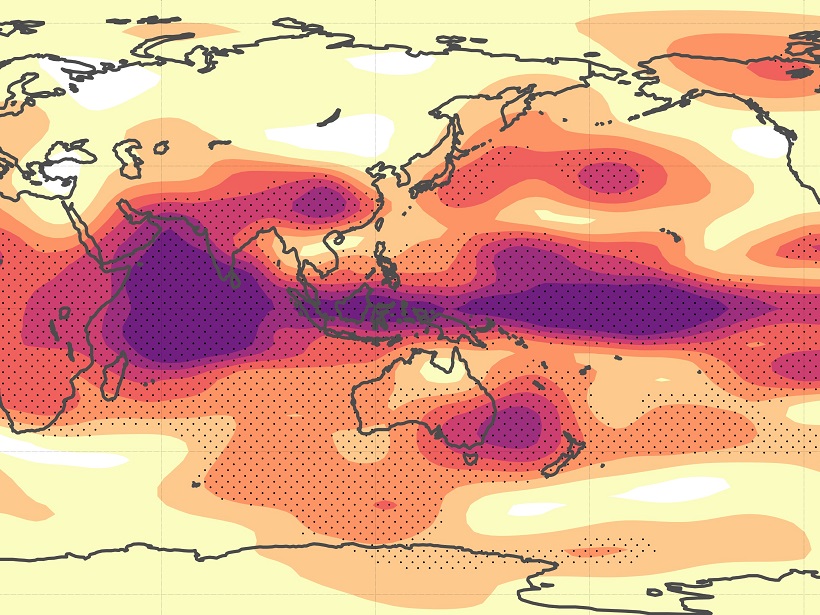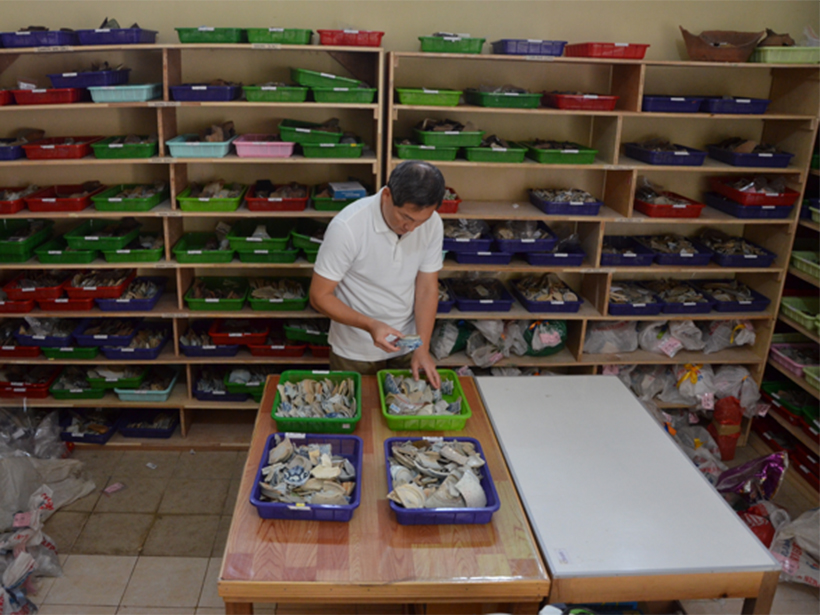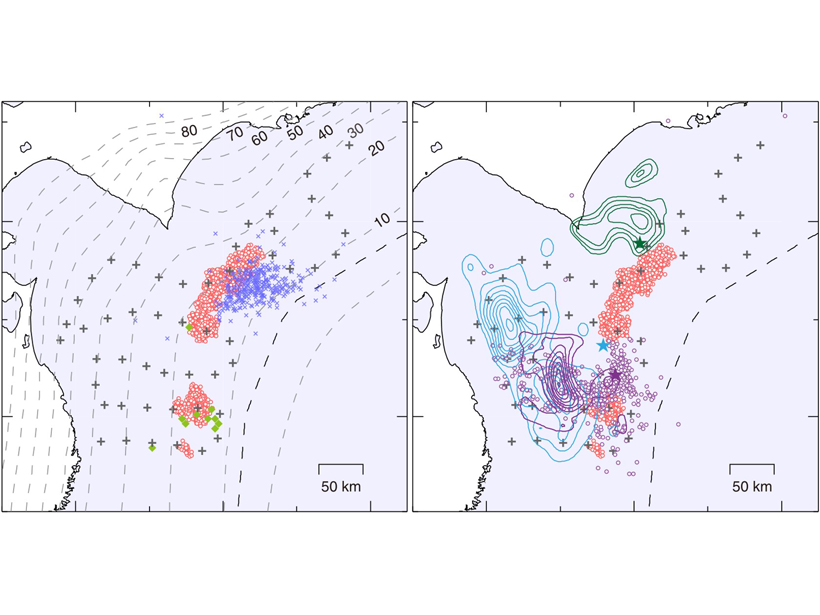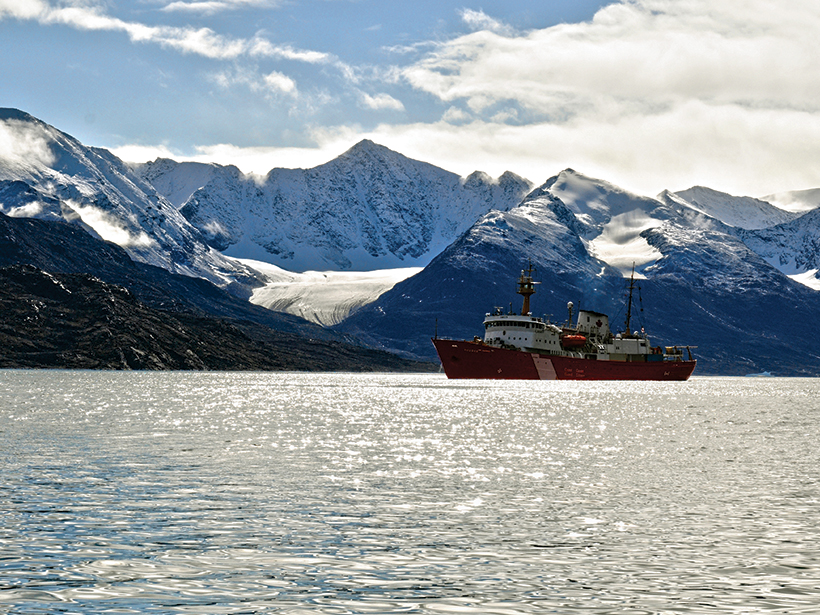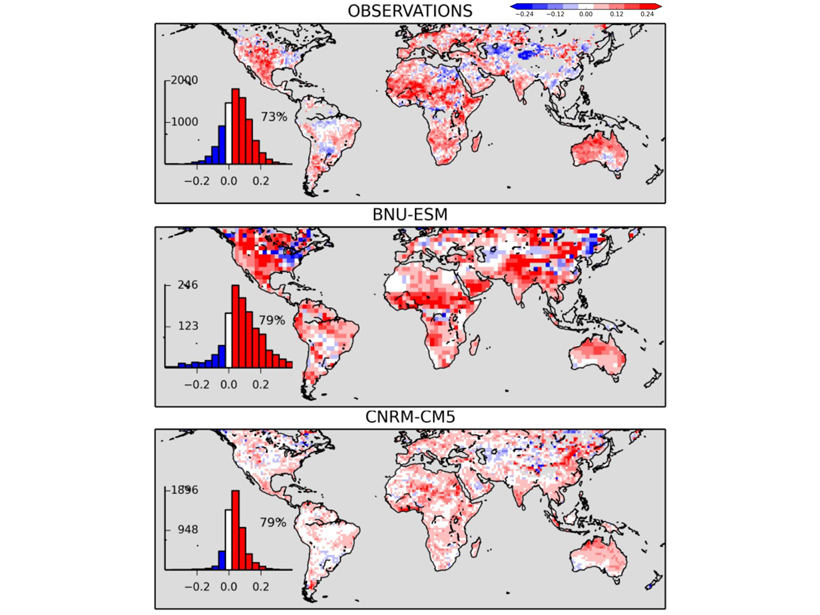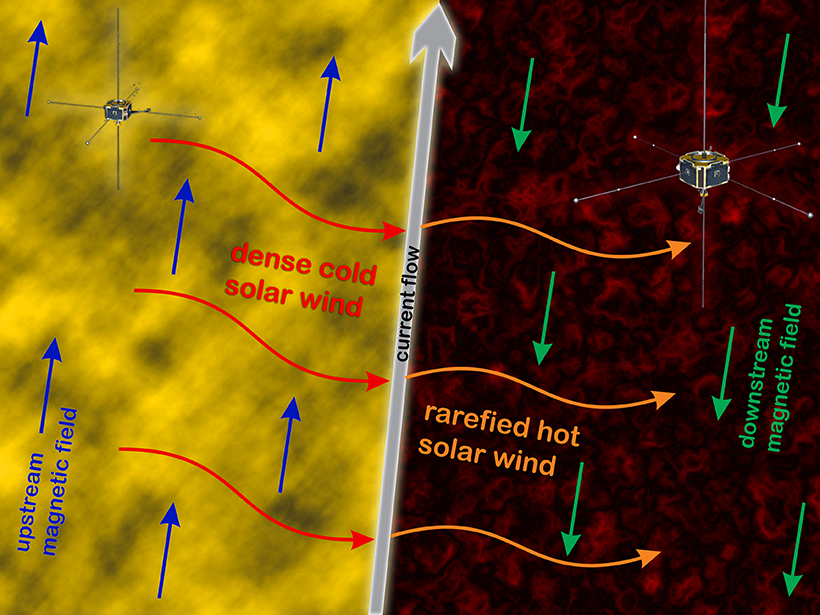A new index for quantifying regional sensitivities to the influence of periodic events.
CC BY-NC-ND 2019
Ceramics Trace a 14th Century Indonesian Tsunami
Archaeological evidence suggests that communities on the northern coast of Sumatra devastated by a tsunami roughly 600 years ago opted to rebuild in the same area, a process repeated in 2004.
Shallow Low Frequency Tremors in Japan Trench
A new seafloor seismic network detected low-frequency tremor on the subduction zone interface offshore northern Japan, indicating regions of slow slip in close proximity to shallow megathrust events.
Arctic Glacial Retreat Alters Downstream Fjord Currents
High-resolution mapping efforts could improve predictions of coastal changes as glaciers shrink around the world.
Oldest Meteorite Collection Found in World’s Oldest Desert
Rare 2-million-year record reveals the meteorite flux rate.
Diagnosing Soil Moisture Impacts on Model Energy Fluxes
Do climate models truthfully mimic how drying soil affects land-surface budget partition?
Understanding the Turbulent Nature of the Solar Wind
Sometimes the conditions in the solar wind can change dramatically over short distances. Satellite observations of these features show that they’re more complex than previously thought.
Building a One-Stop Shop for Soil Moisture Information
With a recent infusion of support from the federal government, the National Soil Moisture Network is moving ahead with its goal of integrating soil moisture data across the United States.
Many Water Cycle Diagrams Promote Misconceptions
Most representations of the water cycle are flawed, researchers found by analyzing over 450 diagrams: The effects of humans, seasonal changes, and different biomes are often neglected.
Fading Air Pollution Reduces Fog in Central Valley
The tule fog in California’s Central Valley is notorious for causing delays and accidents throughout the region; however, a decrease in air pollutants is reducing the fog’s frequency.

